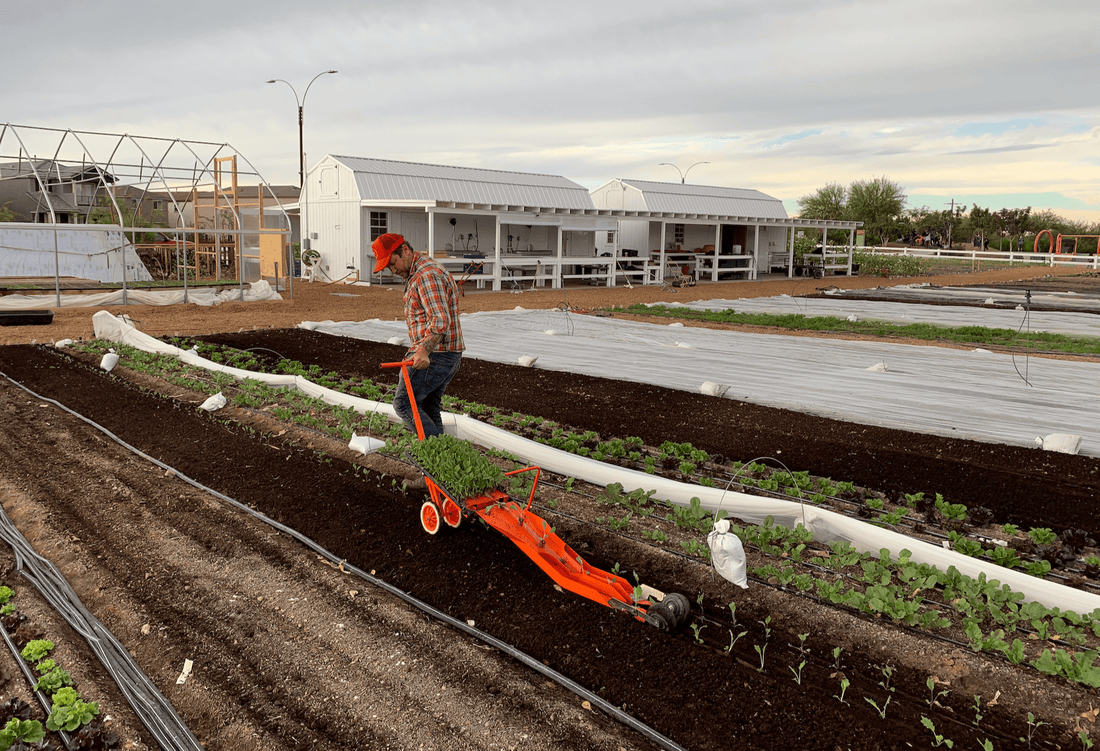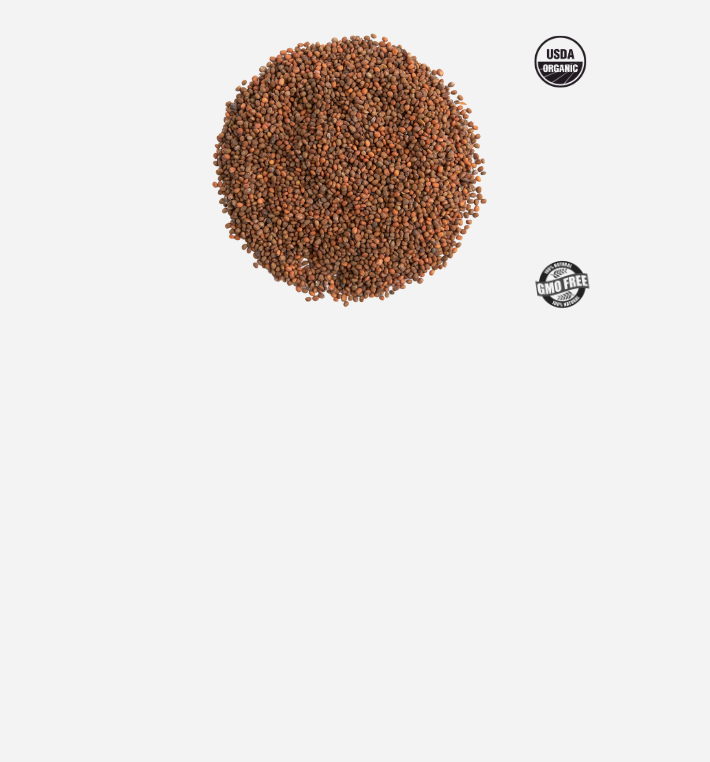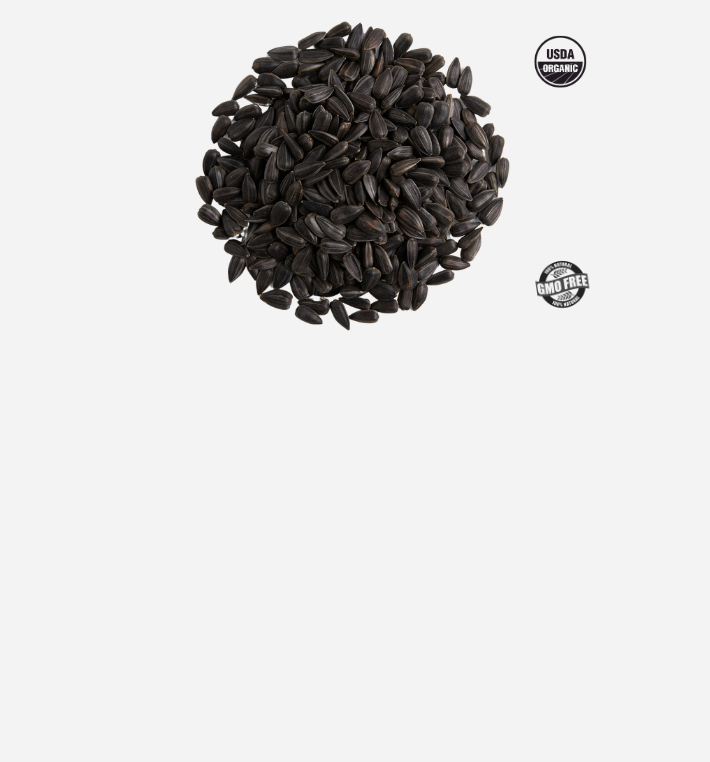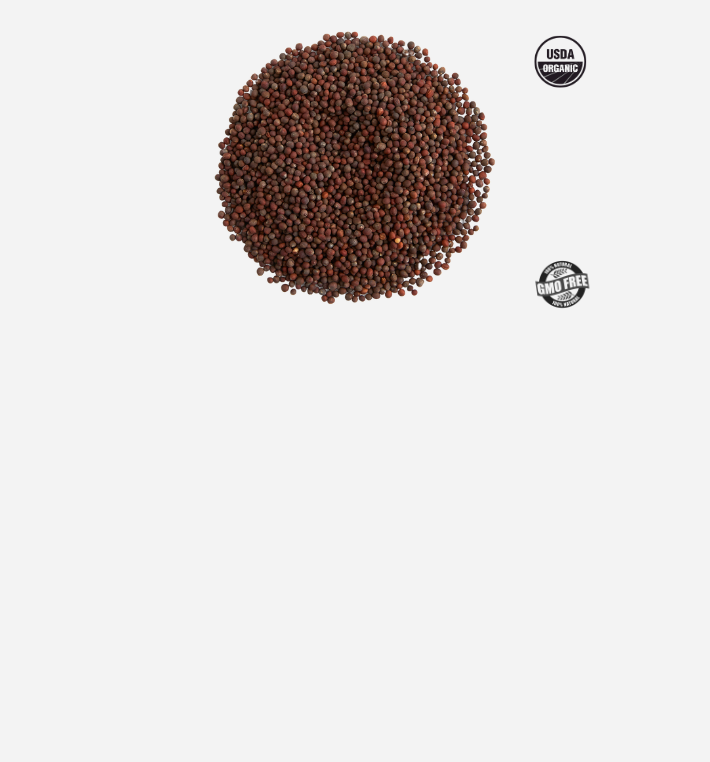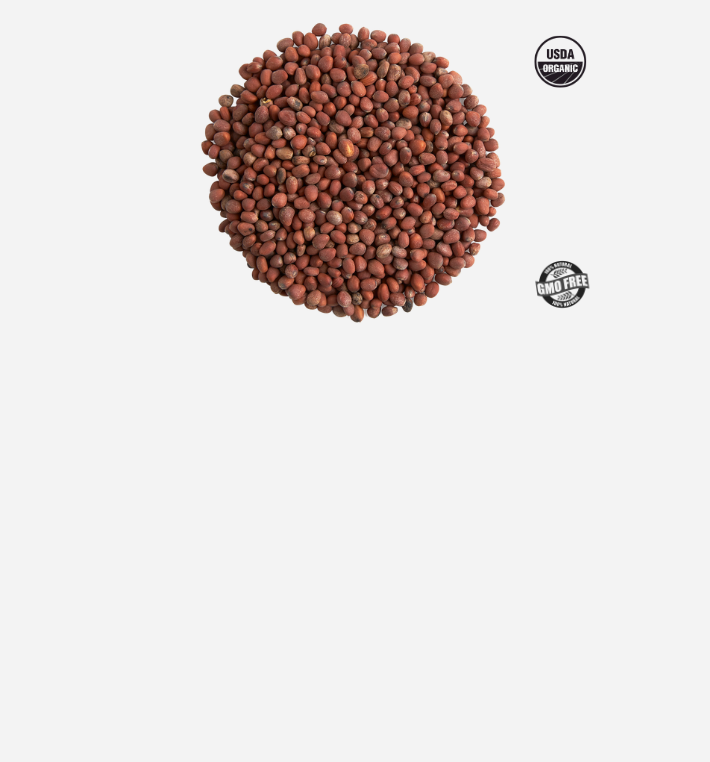If you’re someone who’s interested in eating nutrient-dense, high-quality, local food, then you’ve probably dropped by a local farmer’s market in your area and bought beautiful, fresh produce directly from the people who grew them. The local farmer's market serves as a key sales channel for market gardeners, allowing them to sell their produce directly to consumers.
Most of those farmers bringing in all those different kinds of fruits and vegetables aren’t growing on huge land areas like those supplying huge grocery chains are—they’re growing in relatively smaller plots of land, churning out nutritious food for their local market.
Those growers are called market gardeners.
Market Gardening
The concept of market gardening (also called market farming or small-scale farming) revolves around the efficient use of a small space to grow a selection of profitable crops.
Where large-scale agriculture makes use of heavy machinery, market gardening makes use of manual labor, hand tools, and occasionally light power tools.
Most market gardeners also practice sustainable agriculture, which includes maintaining soil fertility and soil health without the use of chemicals and diversifying their crop selections as opposed to growing monocultures. Local farmer's markets are a key sales channel for market gardeners, providing opportunities to sell produce directly to consumers and build connections with other farmers.
The Market Garden
Market gardening makes use of a small plot of land, less than one acre to a few acres, where a diverse variety of cash crops are grown to sell directly to end consumers.
Market gardens are small farms that are mostly dependent on manual labor to grow crops on small-scale production using the bio-intensive method that aims to produce high yields of a broad range of vegetables and fruits throughout the growing season. Local farmer's markets play a crucial role in the success of market gardens by providing a direct sales channel.
In most places, the growing season begins in the early spring to late fall, although some market gardens use season extension techniques and install protective infrastructure to continue production and grow all year round.
Because a market garden is mostly human-powered, many of these small farms hire full-time employees in their growing operations.
Many market gardeners also advocate practices for sustainable agriculture.
What kinds of crops are grown in a market garden?
Because a market garden is a business, one of its goals is to turn in a profit. Selecting the right crops can dictate whether a market gardening venture will be profitable or otherwise.
Due to constraints on growing space, market gardeners must put a lot of thought into their crop selection to ensure good yields and a stable market for their crops.
Deciding which crops to grow also depends heavily on the general customer preference in an area, especially since customers in various areas respond differently to different kinds of vegetables. Customer preferences at the local farmer's market play a significant role in influencing crop selection, as understanding what sells best can help farmers choose the most profitable crops.

That said, many small farms avoid certain crops such as corn, wheat, and potatoes that large agricultural producers grow at volume and sell for low prices.

Some of the most profitable crops for a market garden are high-turnover crops that can be harvested multiple times such as salad greens.

Baby root vegetables such as baby carrots, baby beets, and baby radishes are also highly profitable thanks to their high market value and the relatively short time it takes to grow them.

Seasonal crops like tomatoes, peppers, and watermelons also fetch good prices due to their limited time of availability. In addition, heirloom varieties of tomatoes can fetch more premium prices compared to the more common, standard varieties.
Other Crops
Apart from fruits and vegetables, many small farm operations grow the following:
Culinary herbs. Although some can be tricky to master, growing herbs such as dill, basil, oregano, tarragon, and rosemary and bringing them to market is sure to attract culinary enthusiasts. Not only that, fresh, high-quality herbs also sell for good prices at restaurants.
Edible flowers. Similar to culinary herbs, edible flowers such as violas, gem marigolds, calendulas, and even sunflowers are a hit with chef and restaurant customers. Some of the more seasoned growers even accept requests and grow to order for more premium prices.
Medicinal herbs. Medicinal herbs are generally hardy and are low-maintenance, relatively easy crops to grow, which is a welcome advantage for new farmers. Some of these herbs include lavender, chamomile, lemon balm, and mountain mint, among others.
Medicinal herbs can be sold fresh, dried and processed as value-added products such as teas, soaps, and candles. Medicinal herbs can also be sold in bulk to herbalists.
Cut flowers. A common add-on in many small farms, many cut flower varieties such as sunflowers, marigolds, and cosmos are easy to grow alongside some of your vegetable crops. Apart from helping to bolster the farm’s income, they also add color to the farm.
While bringing bright, colorful cut flowers to the farmer’s market helps to draw potential customers to your booth, they can also be sold wholesale to florists and wedding designers.
Local farmer's markets provide opportunities to sell a diverse range of crops, including culinary herbs, edible flowers, and medicinal herbs.
Organic Market Gardening
Over the years, the term “organic food” has become synonymous with “safe and healthy food,” with many understanding it as food grown or raised without chemicals, pesticides, or hormones. Local farmer's markets are a popular venue for selling organic produce.
Today, many market garden farmers grow crops organically for a variety of reasons.
Knowing that using chemicals to grow food has detrimental effects on the health of both people and the soil, many believe that growing food organically, or at least, without the use of chemicals, is a socially and environmentally responsible practice.
On Management Practices
Instead of using synthetic inputs, organic market gardening focuses on management practices that restore and maintain the ecological balance in the soil. Local farmer's markets value sustainably grown produce and often prefer to source from organic market gardeners.
For example, while it is common practice in traditional agriculture to use chemical pesticides, an organic farm will instead use plant protection products such as floating row covers and insect netting to address pest management without the use of harsh chemicals.
Another example would be the use of synthetic fertilizers. In place of these, a market gardener would use biologically-rich compost teas to increase soil fertility.
Lastly, where traditional agriculture would use heavy machinery such as large tillers to break up the soil, an organic market gardener may choose to gradually build up soil health through mindful crop rotation and cover cropping instead.
Regulation
Because organic food manufacturing and marketing are federally regulated, a market garden looking to legitimize itself as an organic farm will need to jump through a few hoops to receive organic certification.
While it may take up to three years or longer to become certified organic, the process may prove to be worth the wait and effort, as organic certification can open new opportunities to sell at higher-end, organic-exclusive markets. Additionally, local farmer's markets often require or prefer organic certification for the produce they sell.
Profitability
In addition to providing chemical-free produce, growing organically is economically beneficial. Not only do organic products such as fruits and vegetables tend to command higher market prices, but these products are also high in demand in many local markets. Local farmer's markets can help increase profitability by providing a direct sales channel for organic produce.
As mentioned earlier, some higher-end boutique stores only allow organic-certified produce, which a market garden may take advantage of.
The Market Garden Business Model
Market gardening is a farm business, which means one of its goals is to make a profit. Whether it be to grow the farm, provide an income for the farmer, or provide employment to others, any business will need to make a profit.
The market garden business model involves direct selling to customers, either retail or wholesale. Removing the middleman allows the market gardener to sell their products at retail price without any extra costs. Local farmer's markets are a key component of this business model, providing a direct sales channel for fresh produce.
Where does a Market Gardener sell their goods?
A market garden with a wide variety of crops will need a place to sell them, and luckily, there are many sales outlets available.
Local farmer's markets are a key sales channel for market gardeners, providing opportunities to conduct market research and build connections with other farmers.

Farmer's Markets
The local farmer's market is one of the most common and important sales outlets, especially for new market gardeners. Farmers markets are usually not too strict about what you should bring to the market—just bring what you can grow.
Pros
Low barrier to entry. Save for a few areas, farmers markets are easy to get into. Most farmers markets will simply require registration and a fee, and all that’s left is to show up and sell.
Excellent for network building. For a new market garden, farmers markets are an excellent place to meet people and get the word out about the business. Since many chefs also visit farmer’s markets, it’s not uncommon for a small farm to land chef and restaurant clients at these markets. Local farmer's markets also provide excellent opportunities for market research and building connections with other farmers.
Bring what you can grow. Unlike community-supported agriculture shares where it is essential to be able to produce good crops consistently and continuously, farmers markets allow for a lot of flexibility in terms of what to bring to market. No minimum, no maximum—just bring what you’re able to grow.

Cons
Time commitment. Committing to farmers markets means committing to showing up every weekend at the market.
Unless you have hired help, this may have to mean losing Saturdays or Sundays and other weekend events.
Long days. The time put into a farmer’s market doesn’t just involve the time spent manning the market booth. Consider the time to pack the products, to drive to the market, to set up the booth and arrange the produce to attract customers, to stand at the market and man the booth, to clear away the booth, and the time to drive back home.
A farmers market day is a long day.
Competition. Especially in a place with many established small farms that sell everything from organic vegetables to fresh fruits to specialty cut flowers to any number of edible plants, expect to have competition.
A new market garden selling at a farmer’s market may need to double down on their marketing strategies to establish a foothold in particularly crowded markets with so much competition. Local farmer's markets can sometimes be competitive and require strategic marketing to stand out.
Factors out of your control. While a market gardener can do their best to grow their produce and present it well at the farmers market, it may all be for naught if the farmers market they’re selling to isn’t well-maintained, isn’t getting much foot traffic, or just isn’t in a good location. Bad weather can also account for low farmers market sales.

On-Farm Stands
Another common way for many market gardens to sell is by setting up farm stands right on their property.
Pros
Location. For a market garden located in an urban area, especially one that has excellent road access, a farm stand is an excellent bet. Having customers come by the market garden is a great opportunity to build relationships with them.
Seeing where their food is grown also allows them to feel more connected to the land through their farmer.
Time flexibility. Unlike farmers markets that run on set days at set times, customers are free to drop by whenever it's convenient for them. This convenience of time catches the potential customers that don't go to the farmers markets but are still interested in fresh, local produce and supporting small farms.
More products. Some market gardeners aggregate products from other local producers not just to expand their product offering, but also to attract more customers. Farm stands allow for more product storage.
Cons
Location. If the market garden is far from the bulk of the business's customers or is located in a relatively out-of-the-way place without good road access, then a farm stand may not see many visitors.

Community-Supported Agriculture (CSAs)
Community-supported agriculture, more commonly called CSAs, is a socioeconomic agricultural model that connects growers with the end consumers in a subscription-type of service.
In a traditional CSA, customers pay a certain amount at the beginning of the growing season, which the farmers would use to purchase seeds, amendments, etc., and in exchange, they get a weekly or bi-weekly box of fresh vegetables, fruits, and occasionally extending to eggs, milk, and even meat.
This model allows both the consumers and the producer to share in the risks of farming.
Newer CSA models are constantly evolving to accommodate the customers' convenience by allowing weekly installments, customization of orders, and the optionality of adding more goods to their regular subscription boxes.
CSAs ensure steady customers for the market garden.
Pros
Payment upfront. For the traditional CSA model that requires an upfront payment to secure slots, having a sizeable amount of money at the beginning of the season means being able to purchase most of the things needed for the season.
Consistent customers. Knowing that the vegetables to be grown are already sold provides a sense of security and takes off the pressure to market them to different market streams.
Cons
Requires consistency. A CSA program requires a consistent output of a set variety of vegetables and/or fruits per week for however long the program will run, which is why it is inadvisable for beginner farmers to do CSAs in the first year of market gardening, especially if the farmer is still learning the nuances of growing different kinds of vegetables.
Solid crop planning. Ensuring weekly CSA harvests will need robust crop planning and record keeping to stick to the production schedule. Records from previous years of growing will help in more accurate predictions when it comes to crop planning.
High turnover rate. CSAs are notorious for having high turnover rates, which means a market garden will need to provide exceptional service and produce to retain its customers and keep its annual turnover rates low.

Restaurants
Restaurants and chefs are an excellent market stream, especially in areas with a booming local food scene.
Pros
Fresher & longer shelf life. Because restaurants are getting their produce local, it means they didn't have to be picked days early to travel several hundred miles to their destination—they're freshly harvested and would likely keep for longer than a few days.
Lower cost. Restaurants are used to paying premium prices for produce. Efficient market gardeners know how to keep their costs down, which allows them to sell their produce at a good price to them and a fair price to their restaurant customers.
Cons
Potentially challenging to sell to. Many chefs are difficult to get a hold of and equally difficult to convince. Respecting their time, setting an appointment, and bringing samples will work better than showing up unannounced.
Fluctuating orders. While some restaurants will have a fixed menu—and therefore fixed orders per week—many restaurants often switch up their menus, which may mean a standing order of ten pounds of carrots per week can suddenly drop to three pounds a week at a moment's notice.
Chefs move around all the time. Chefs change restaurants all the time. Some chefs will keep purchasing from the same farm while their old restaurant does the same, but other times, the farmer might need to open the conversation with them again.

Wholesale Market
Wholesale markets purchase products in bulk, and these include food cooperatives, grocery stores, and even other farms that aggregate and do subscription marketing.
While selling at wholesale prices knocks off anywhere from 10-30% off retail price, it also cuts down on marketing and delivery time, as a large volume of produce is sold and dropped off at a single location.

Direct Selling to Retail Customers
Through Personal Networks
Apart from farmer's markets, the first customers a new market garden would sell to would be direct marketing to their personal network—relatives, friends, coworkers.
More often than not, people will want to support a market gardening endeavor. Many of them will not need much convincing, and oftentimes, it's an easy ask.
Online Farm Store
"If I can purchase almost anything online, why not vegetables?"
In this digital age, many small farm owners have added online farm stores to their current sales outlets, which proved to be invaluable especially in 2020 when the Covid pandemic hit.
In many iterations of this model, the online farm store opens sales for a limited time in the week, during which customers are free to pick out what they want to purchase, and their goods are either delivered straight to their homes for a fee, or picked up at designated pick up points.
Some farms offer membership options to gain early access to the farm store, while others offer a credit system and operate much like a modified CSA program.
Diverse Sales Outlets
The secret to a successful market garden is having more than one sales outlet. Selling to multiple market streams ensures the anti-fragility of the business. Local farmer's markets are an important part of a diverse sales strategy for market gardeners.
For example, if one restaurant account suddenly switches suppliers, or if a couple of grocery stores suddenly close down, the business won’t fall apart—the business still has the farmer’s market, or a farm store, or a CSA program.
Getting into Market Gardening
While many established market gardens have been around for a while, many of the younger generations are getting into regenerative farming thanks to the growing local food movement across the country. Local farmer's markets provide a good starting point for new market gardeners to sell their produce.
That said, any market garden can start off in many different ways for many different reasons.
A Family Business
Some larger market gardens have been in operation for one or two generations and even longer. Many agricultural historians share that starting a market garden was what allowed immigrant groups with little to no formal education to become involved in the market economy. Local farmer's markets have historically been a key sales channel for family-run market gardens.
Hobby-Turned-Business
From tending a home garden, some home gardeners turn their hobby into an income stream, selling the extra produce they grow, and eventually expanding to offer a wider selection of products to a bigger market. Local farmer's markets provide an accessible sales outlet for hobbyists looking to sell their produce.
Homesteading
Some people who begin homesteading tack on market gardening to their system in order to supplement their income, especially to prepare for the winter months.
Alternative Lifestyle
Be it due to taking health more seriously or a desire for a career change, individuals who wish to "return to the land" and search for an alternative lifestyle turn to growing food and take up market gardening.
The Benefits of Market Gardening
Low land requirements.
One thing that makes market gardening attractive to people is that it doesn’t require acres upon acres of land to get started. In fact, a person doesn’t even have to own land—it has been proven time and time again that a leased sub-acre lot can generate a liveable income. Local farmer's markets provide a direct sales channel that supports higher profit margins for market gardeners.
Low barrier to entry.
If someone has a bit of time, access to a backyard, a couple of hand tools, and some seed, they can try their hand at growing food right away. After that, it all becomes a matter of who can grow food well enough consistently to become profitable.
Low start-up costs.
Like any business, market gardening also calls for an initial upfront investment. But because the market gardening model is built upon the use of hand tools and light equipment, it doesn’t need a whole lot to get started, especially for someone just dipping their toes in the water.
Room for learning and experimentation.
Unlike large-scale industrial farms that focus on growing a very limited selection of crops, market gardeners of all levels of experience can try growing different varieties of different crops to see what their customer base will be receptive to.
Environmentally friendly.
Small-scale farms employ growing techniques that are geared towards achieving sustainability. From ditching the use of chemical pesticides and synthetic fertilizers to instead doubling down on management techniques like crop rotation and cover cropping, the market gardening movement, in general, places a lot of value on sustainable growing.
Selling locally also reduces the environmental impact of transporting produce over long miles.
Higher profit margins.
Directly selling to the end consumer ensures the best possible price for both the customers and the farmers.
The Challenges of Market Gardening
Limited space.
While a market garden can be successful on a limited amount of space, sometimes, growing the business may call for a bigger land area.
For an established market garden working with limited space, setting aside beds to experiment with growing new crops or new varieties might mean taking a cut on the margins of what would otherwise be a proven, profitable crop.
High labor input.
The high labor inputs required in running a small farm might not be sustainable in the long run, especially if pursuing market gardening while maintaining an off-farm job.
On another note, if the market gardener plans to grow the operation, then the business might need to hire out additional manpower and/or invest in efficiency tools to keep up with on-farm tasks and cut down on labor hours.
Certification hurdles.
As previously mentioned, getting organic certification can take a lot of time, patience, meticulous record-keeping, money, and jumping through a lot of hoops.
That said, many market gardeners forgo acquiring organic certification altogether and instead focus on talking to their customers about their farm and their growing practices.
Soil issues.
One principle of market gardening is gradually building up the soil naturally by using compost, cover cropping, and solarizing, among others. But for small farms on leased land, the farmer needs to determine how much time, effort, and resources they're willing to put into improving the soil on land they might not be farming on in the future.
Solid crop planning.
To maximize profitability on limited space, crop planning should revolve around high-turnover crops such as salad greens and baby root crops, or high-value crops, such as tomatoes, to justify the longer time they take in the field.
This means there may not be space left to experiment with growing other varieties or other crops.
Profitability
In the US, a conventional farm may make about US$0.30 to US$3.00/sqft., which means that the farm needs to be growing crops at scale to become profitable.
On the other hand, taking into account the crop type, the crop variety, the customer base, and whether or not it has organic certification, a market garden can generate anywhere from US$15 to US$50/sqft. Local farmer's markets contribute to this profitability by providing a direct sales channel.
Farmers such as The Urban Farmer Curtis Stone, Jean-Martin Fortier of Les Jardins de la Grelinette, and Connor Crickmore of Neversink Farm share how they’ve streamlined their systems and processes enough that their small farms are comfortably generating over $100,000 in sales every year.
This just goes to show that with proper planning and a good business sense, market gardening can be profitable and viable career.

